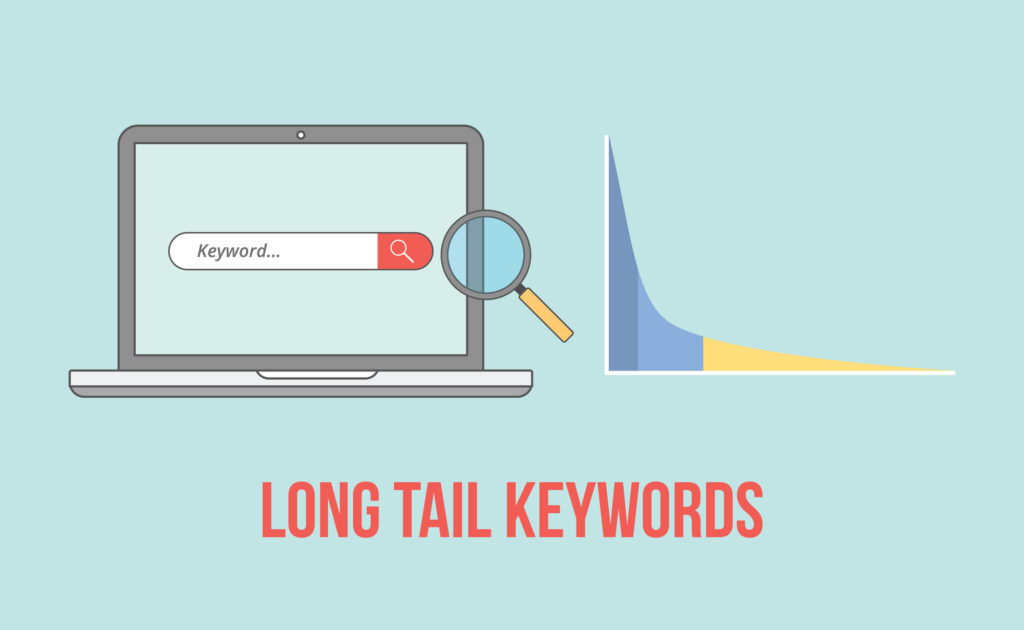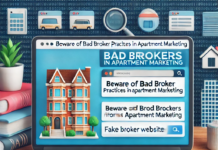In search of local SEO solutions and have no idea where to begin?
Generally speaking, businesses can rely on three main pillars that drive their local online marketing efforts, which include:
- Local Citations (including GMB)
- On-Page Content (including long tail keywords)
- Reviews (including a slow and steady flow)
To help digest these local SEO pillars, the following tackles the impact of on-page on your local SEO efforts. This is part two of a three part series on unpacking the local SEO world. The previous post addressed local citations. The final post focuses on reviews and the next steps local businesses can take to improve their SEO strategy. At the end of the series, ideally you’ll understand your strengths and weaknesses. But, more importantly, you’ll know where to start your local online marketing efforts or how to evaluate potential consultants.
On-Page SEO & Long Tail Keywords to Drive Your Local Online Marketing Efforts

Content is king in the SEO world. Although many people initially think blogs and content are synonymous, SEO experts know the key differences. Blogs are certainly an important component of content marketing, but on-page SEO involves the everyday language used to describe your business and services.
All SEO work should start with a comprehensive keyword review because a company must understand relevant search terms to help customers find their site. Local online marketing efforts include keyword research as well. In particular, local keywords are often low hanging fruit that many competitors ignore (especially if there is a large player in the space). Finding long tail keywords offers a critical point of differentiation in local online marketing because these niche terms are often the most important to your customers. For example, adding the name of the town to core services provides a critical long tail keyword.
Fortunately, on-page SEO updates focus more on refining existing content and not creating a new site. However, the activity helps ensure your site includes the content and information on things that potential customers want. Finally, at the core of the content efforts are generally the following activities:
- optimize service and product pages to ensure high value keywords are included on site.
- create “Town Pages” to ensure the site includes local search terms that are very relevant to potential customers.
- leverage blog to target long tail keywords and create differentiation from competition.
On-Page SEO in Action
To help showcase how on-page SEO helps drive local online marketing performance, our agency (All Points Digital) wants to share some client results.
Starting in August 2019, our team commenced on-page SEO updates and deployments for a local fencing company. In particular, the on-page SEO activities focused on creating “town pages” that targeted the cities the client served or wanted to serve. These local online marketing activities included deployed optimized town-specific pages, deploying town-specific schema markup, which is backend code that gives Google additional context about your page, and strategic internal linking. Since the commencement of the town page deployment from August 2019 thru July 2021 the town pages have amassed 3,429 organic visits to the site or 30% of total organic visits and a 9% contact form submission completion. The form fill submission rate beats the overall site submission of 4%, which means the town pages drive highly qualified and interested users that would likely have not found the site otherwise.

As an added benefit of the high quality leads and increased traffic, town pages create long tail keywords that help improve overall search rankings. For example, prior to our team’s SEO initiatives, the site was only ranking for 32 keywords on Page 1 of Google results (August 2019). In the last two years we’ve been able to almost triple this, achieving a 194% increase in page 1 keywords to a total of 94 keywords rankings on Page 1 (August 2021).
 In another example of effectively leveraging applicable keywords, our team started working with an exterminator company in April 2020. The scope included both technical SEO and on-page SEO content updates to help increase the organic visibility of the site, specifically around the states in which the company provided services: Connecticut, western Massachusetts, Rhode Island and the greater Westchester County in New York. For companies that have worked with a variety of agencies in the past, this may not be surprising. The site amassed a ton of content, yet little of it was effectively ranking in search results.
In another example of effectively leveraging applicable keywords, our team started working with an exterminator company in April 2020. The scope included both technical SEO and on-page SEO content updates to help increase the organic visibility of the site, specifically around the states in which the company provided services: Connecticut, western Massachusetts, Rhode Island and the greater Westchester County in New York. For companies that have worked with a variety of agencies in the past, this may not be surprising. The site amassed a ton of content, yet little of it was effectively ranking in search results.
As a result, the content sat unread and created some bloat on the site. However, our team worked with the company to focus on critical pests and towns. We focused on updating existing product (or pest) pages, along with corresponding blog posts to infuse more effective keywords and improve the header tags, title tag and meta description of the pages.

- From April 2020 thru August 2021, on-page SEO updates increased Page 1 keyword rankings in Google by 450%, from 34 to 153 keywords, and increased total ranking keywords by 501%.
- Town pages amassed 3,986 organic site visits, making up 12% of total organic traffic.
- Organic phone calls made up 17% of total users calling from online during this time.
When making updates around specific pests we also look to optimize the site’s blog articles to further bolster the site’s relevancy for those target keywords, as well as implement an internal linking strategy to further bolster the site’s SEO “web.” Blog article updates started in November 2020. When taking a look at data from November 2020 thru July 2021 vs. previous period, blog articles have seen a 94% increase in organic visits, a 91% increase in users, and a 92% increase in new users.
In particular, one blog article has seen a massive 1,423% increase in organic visits (1,127 visits vs. 74 visits) and is the top driving organic landing page directly following the homepage. This example highlights the portfolio approach of content and the impact that a few assets can have on the overall site metrics.
Interested in learning more about on-page SEO or other local SEO solutions? Stay tuned for the next pillar in the local SEO playbook about reviews and evaluating your local SEO options.





